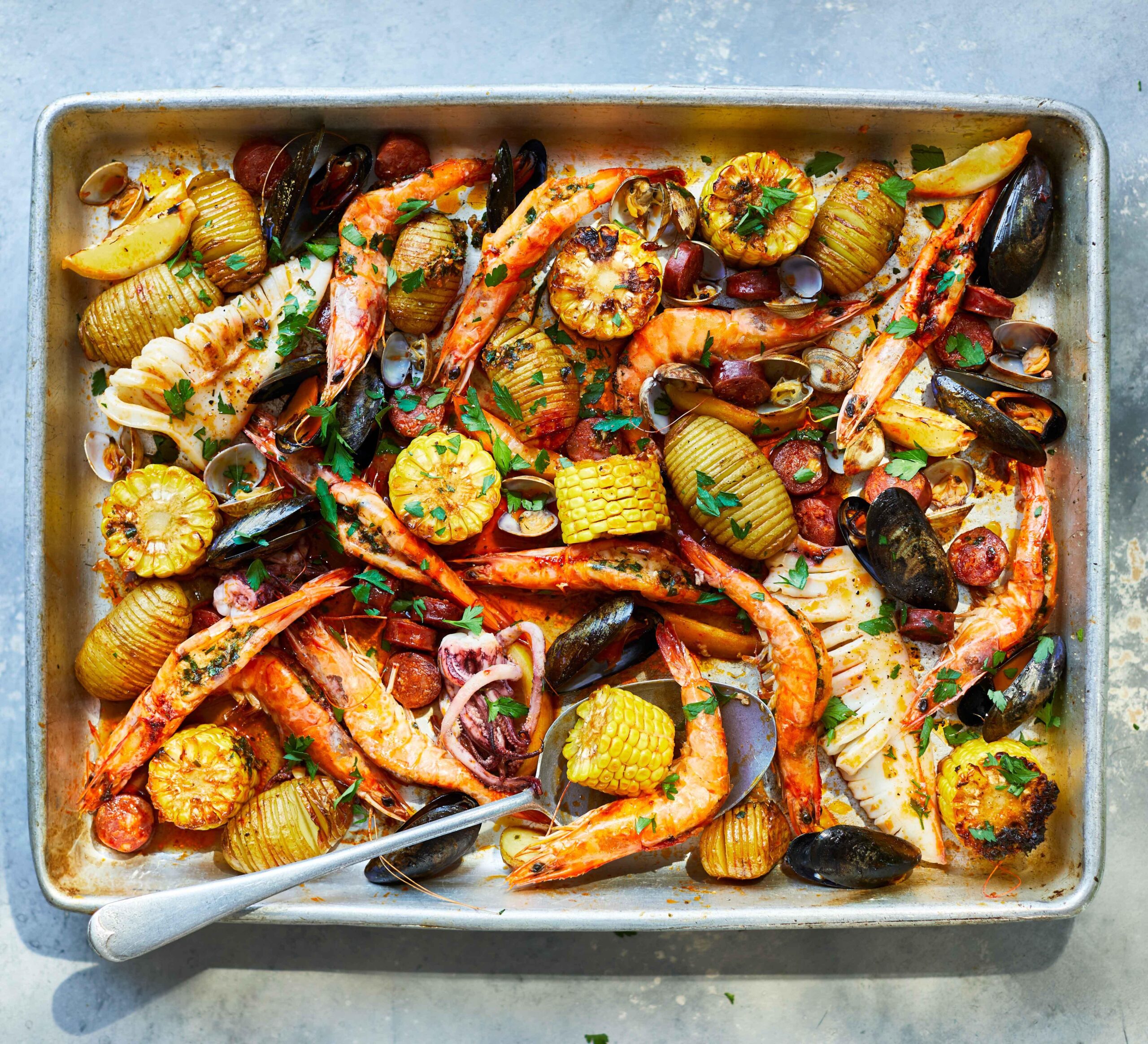
Introduction
Seafood is a versatile and nutritious addition to any culinary repertoire, offering a wealth of flavors, textures, and health benefits. From succulent fish fillets to tender shellfish, the ocean’s bounty can elevate any meal, whether you’re creating a simple dinner at home or impressing guests at a gathering. This article will guide you through a variety of seafood recipes,providing step-by-step instructions to help you prepare delicious dishes with confidence. Each recipe is designed to highlight the natural taste of seafood while incorporating complementary ingredients that enhance the overall experience. Whether you’re a seasoned cook or just beginning your culinary journey, these easy-to-follow recipes will inspire you to explore the delightful world of seafood in your own kitchen.
Table of Contents
- How to Select Fresh Seafood for Your Recipes
- How to Master Essential Cooking Techniques for Seafood
- How to Pair Seafood with Complementary Flavors and Ingredients
- How to Create Delicious Seafood Marinades and sauces
- how to Explore Culturally Diverse Seafood Dishes
- How to Store and Reheat Seafood for Optimal Freshness
- Q&A
- Closing Remarks
How to Select Fresh Seafood for Your recipes
When selecting fresh seafood, visual appearance plays a pivotal role. Look for fish that is shiny and vibrant, with clear, shining eyes. Avoid any specimens that have dull skin or cloudy eyes, as these may indicate age or spoilage. In addition, check the gills; they should be bright red or pink, indicating freshness, while brown or faded gills suggest the fish is no longer fresh.
Another key aspect to consider is the smell. Fresh seafood should have a clean, briny aroma reminiscent of the ocean. It should never smell overly fishy or sour.If you encounter a strong odor that is off-putting, it’s best to steer clear. Trust your senses; they are often your best guide when selecting high-quality seafood.
The texture of the seafood is also essential. Fresh fish should feel firm to the touch and should spring back when pressed. Additionally, the flesh should be translucent and moist rather than flaky or dry. For shellfish, such as shrimp and scallops, look for those that have a slightly firm texture with no visible signs of discoloration.
When purchasing shellfish, it’s advisable to pay attention to how they are stored. Clams, mussels, and oysters should be kept in a container with air circulation to ensure they remain alive until you are ready to cook them. Be sure to ask your fishmonger if they where harvested recently; reputable vendors often provide this facts.
If you’re considering buying seafood frozen,ensure it has been frozen quickly post-catch. Look for packaging that is intact and free from frost or ice crystals, wich can indicate that the seafood has been thawed and refrozen. Always opt for products that have been correctly labeled with harvest dates to ensure you’re getting the freshest and highest quality seafood for your dishes.
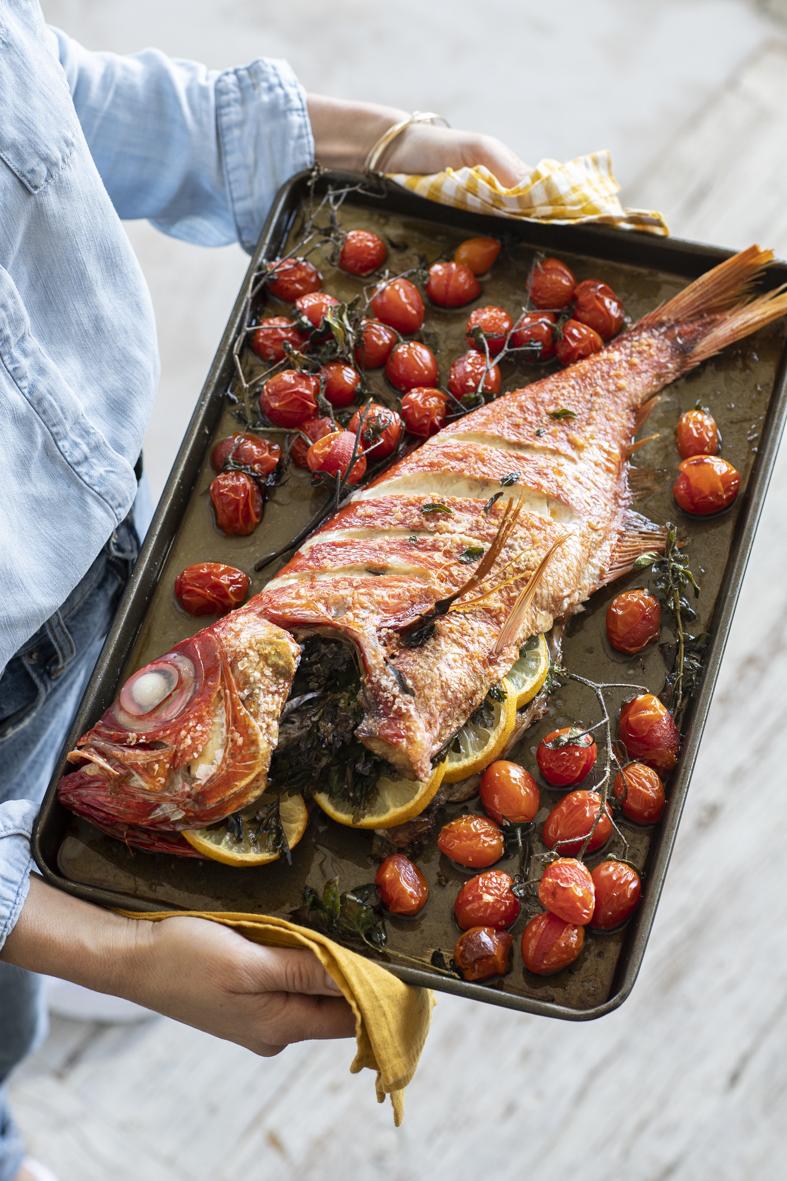
How to Master Essential Cooking Techniques for Seafood
Mastering cooking techniques for seafood is essential for achieving delicious and perfectly cooked dishes. Begin with understanding the basic methods of cooking seafood, which include:
- Grilling: Imparts a smoky flavor and creates stunning grill marks.
- Poaching: Gently cooks fish in a flavored liquid, ideal for delicate types.
- Searing: Locks in moisture and creates a crispy exterior.
- Steaming: Retains nutrients and enhances the natural flavors of the seafood.
- Baking: A versatile method that allows for layering ingredients and flavors.
Along with selection, knowing how to properly handle and prepare seafood is pivotal. Key steps include:
- Thawing: Always thaw seafood slowly in the refrigerator to maintain quality.
- Cleaning: Rinse fish and shellfish under cold water, removing any innards or shells carefully.
- Cutting: Use a sharp knife for filleting and portioning to ensure clean cuts.
Understanding seasoning and flavor pairings is crucial for enhancing seafood dishes. The most common seasonings to use are:
| Seasoning | Flavor Profile |
|---|---|
| salt & Pepper | Basic enhancement |
| Lemon or Lime Juice | Citrusy brightness |
| Garlic & Herbs | Aromatic depth |
| Chili Flakes | Spicy kick |
| Wine or Broth | Rich undertones |
Control over cooking times is essential to avoid overcooking seafood, which can lead to a tough texture. A general rule of thumb is:
- cook fish for about 10 minutes per inch of thickness.
- Shrimp and scallops are frequently enough done when they turn opaque and firm.
- For lobsters and crabs, timing depends on weight, typically around 10-12 minutes per pound when boiling.
Lastly, presentation elevates any seafood dish from ordinary to extraordinary. Consider these simple tips for an impressive display:
- Color: Use vibrant garnishes like lemon wedges or fresh herbs.
- Height: create layers by stacking ingredients or using molds.
- Plating: Choose the right plate – opt for a deep dish for soups, flat plates for fillets.
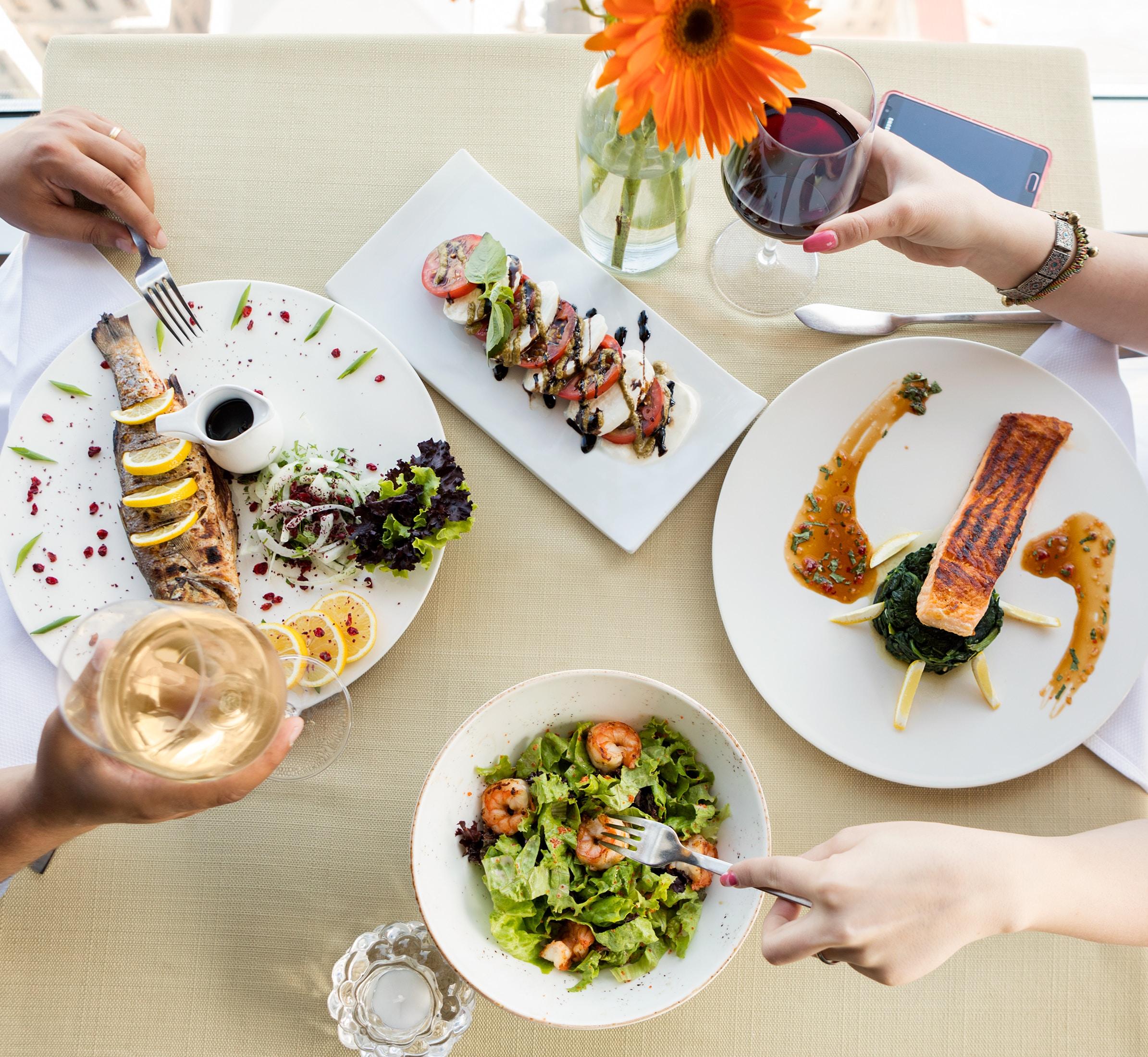
How to Pair Seafood with Complementary flavors and Ingredients
When it comes to seafood, the secret to elevating its natural flavors lies in pairing it with the right complementary ingredients. Different types of seafood offer unique profiles,and enhancing these with the appropriate herbs,spices,and sides can create a culinary masterpiece. Here are some enticing pairings to consider:
- Grilled Salmon: Pair with fresh dill, lemon zest, and a side of grilled asparagus.
- Shrimp Scampi: Complement with garlic, red pepper flakes, and a sprinkle of parsley.
- cod fillet: Enhance with a crust of crushed almonds, served alongside citrus salad.
- Oysters: Serve with a classic mignonette sauce and fresh cucumber slices.
- Tuna Tartare: Mix in avocado,sesame oil,and a hint of wasabi for a delightful kick.
Herbs and spices are indispensable for seafood dishes. Fresh herbs can invigorate the delicate flavor profiles, while spices can add a robust character. As a notable example, consider the following combinations:
| Seafood Type | Complementary herb/Spice |
|---|---|
| Haddock | Basil |
| Mahi-Mahi | Cilantro |
| sardines | Smoked Paprika |
| Crab | Old Bay Seasoning |
Incorporating elements of acidity also plays a vital role in balancing seafood dishes. Citrus fruits like lemons, limes, and oranges not only provide a refreshing zest but enhance the flavors of the seafood. Some excellent combinations include:
- Salmon: A squeeze of lemon juice to brighten its rich texture.
- Scallops: A drizzle of orange reduction adds a sweet touch.
- Grilled Shrimp: Lime juice with a touch of chili for a spicy foam.
don’t forget about sides and sauces that can elevate your seafood dish. Classic accompaniments like risotto, garlic bread, or even a light salad can beautifully complement your meal. Here are a few to inspire your culinary creations:
| Seafood Dish | Suggested Side |
|---|---|
| Blackened tilapia | Wild Rice Pilaf |
| Grilled Lobster | Garlic Butter Pasta |
| fish Tacos | Cabbage Slaw |
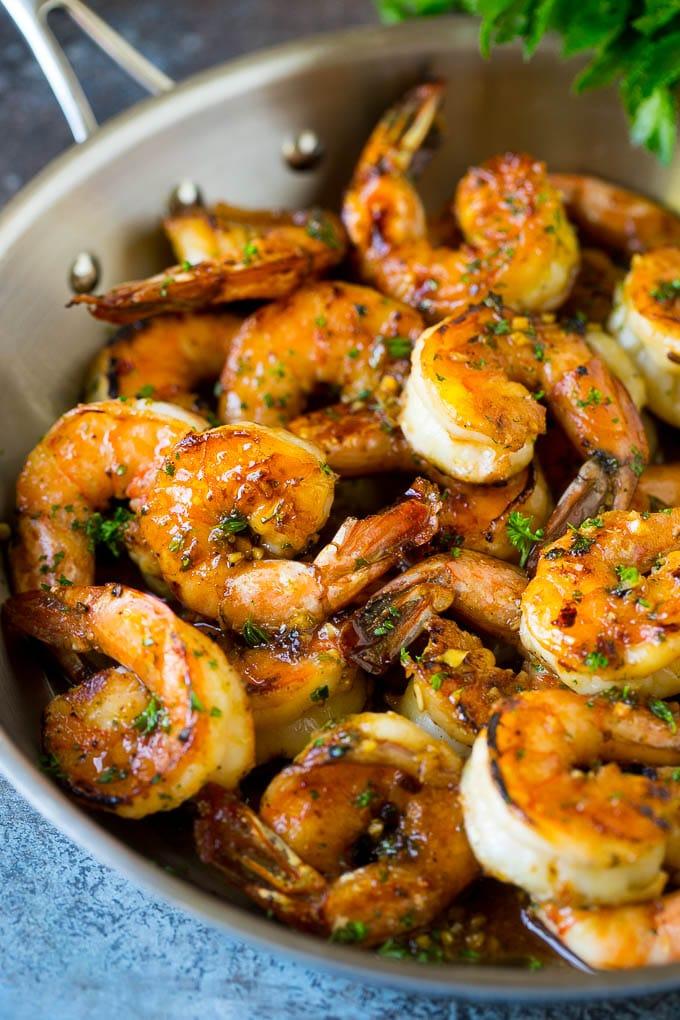
How to Create Delicious Seafood Marinades and Sauces
Creating marinades and sauces for seafood can elevate your dish to new heights, infusing flavors that complement the ocean’s bounty. Start by choosing a base for your marinade, which can be as simple as olive oil, soy sauce, or citrus juices. Each of these bases offers a different taste profile that works well with various seafood.For example, lemon juice can add brightness, while soy sauce contributes an umami kick. Consider the type of seafood you are working with; lighter fish like cod may benefit from a delicate herb marinade,while richer varieties like salmon can stand up to robust flavors.
Next, it’s essential to balance your marinade with the right combination of seasonings and herbs. common ingredients to include are garlic, ginger, fresh herbs (such as dill or parsley), and spices like paprika or cumin. Feel free to experiment based on your personal taste.Here’s a swift reference table for flavor pairings:
| Seafood | Suggested Marinade Ingredients |
|---|---|
| Shrimp | Garlic, lime, cilantro |
| Salmon | Brown sugar, soy sauce, ginger |
| Cod | Lemon juice, dill, olive oil |
| Tuna | Sesame oil, soy sauce, chili |
To marinate your seafood, combine your ingredients in a bowl and add the seafood, ensuring it is indeed well coated. For optimal flavor, allow the seafood to marinate for at least 30 minutes to two hours based on the type of seafood and marinade used. Remember, acidic ingredients (like citrus juice or vinegar) can ‘cook’ the seafood if left too long, especially with delicate items like shrimp or scallops. Always use glass or ceramic containers for marinating, as metal can react with acidic ingredients.
As for sauces, consider preparing a simple reduction or a creamy sauce to drizzle over grilled seafood. Combine butter, wine, and herbs in a pan over medium heat, allowing it to reduce until thickened. Alternatively, mix yogurt or sour cream with herbs, garlic, and a squeeze of lemon for a refreshing, tangy sauce. Sauce planning can be simplified with a few ingredients,emphasizing the freshness of the seafood rather than overwhelming it with flavors.
don’t hesitate to adjust and refine your marinades and sauces based on your preferences and the ingredients you have on hand. Keep a notebook or a digital document to jot down your successful combinations and new ideas to recreate in the future. The world of seafood marinades and sauces is vast, and every combination can lead to a delightful culinary experience.
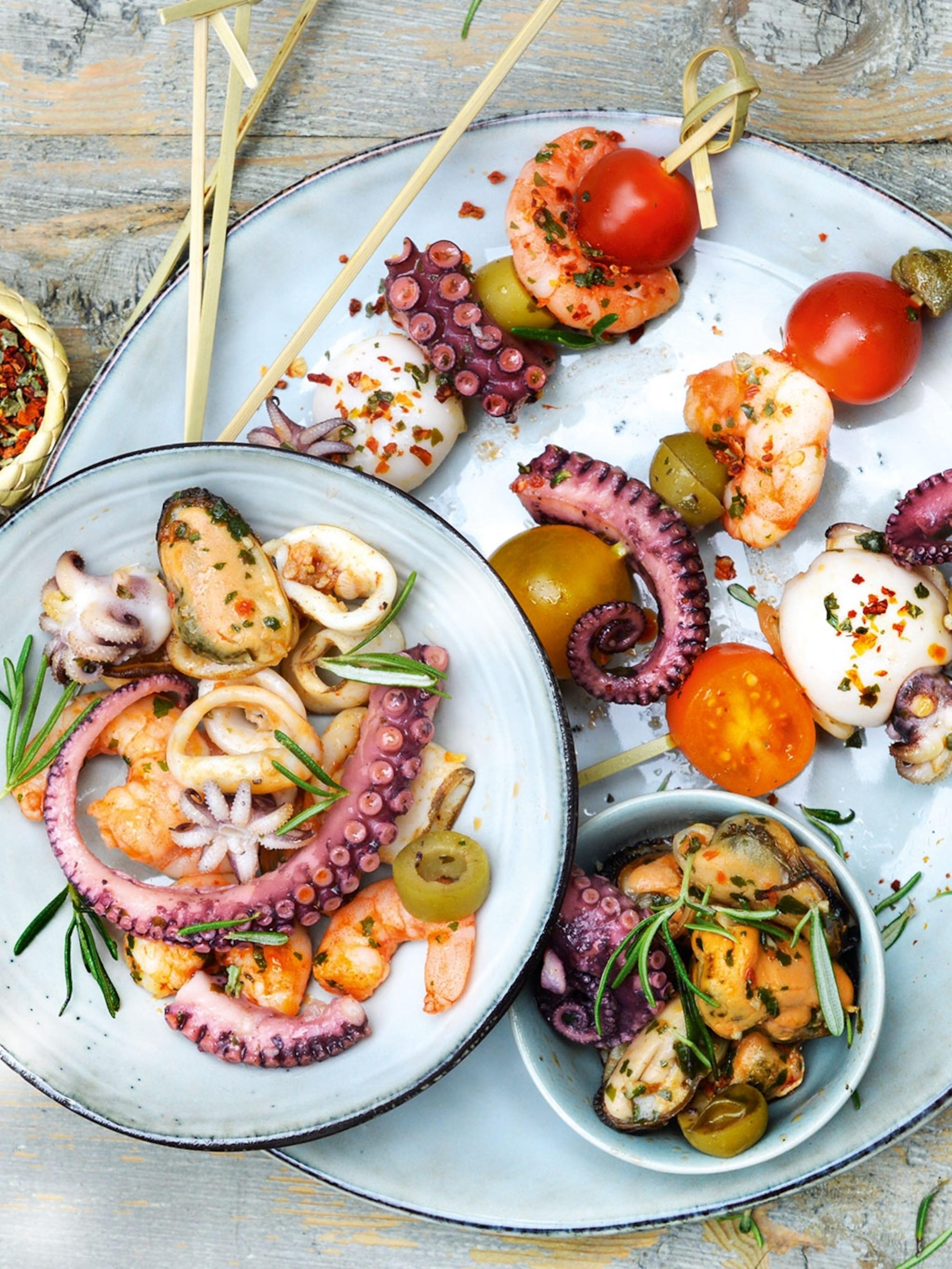
How to Explore Culturally Diverse seafood Dishes
Exploring seafood dishes from various cultures can be a delightful culinary adventure. Each region has its unique approach to seafood, influenced by local ingredients and traditions. Here are some ways to immerse yourself in these diverse flavors:
- Visit Local Markets: Take a trip to local fish markets or specialty stores that offer fresh seafood. This allows you to see the variety of fish and shellfish available in your area.
- Research Global Recipes: Look for recipes from coastal regions around the world.Mediterranean, Asian, and Caribbean cuisines offer a plethora of seafood dishes that are rich in flavor and history.
- Try Your hand at Importing Spices: Many seafood recipes rely on specific spices. Consider sourcing authentic herbs and spices from international markets to get the true taste of the dish.
- Engage with Communities: participate in local cooking classes or community events that focus on seafood preparation. This can provide direct insights from native cooks and enhance your understanding of these dishes.
- Experiment with Cooking Techniques: Different cultures apply unique cooking methods. From steaming and grilling to poaching and frying, experimenting with various techniques can elevate your seafood dishes.
One effective way to explore culturally diverse seafood dishes is to create a themed cooking night. Choose a particular cuisine and prepare a multi-course meal that highlights its seafood offerings. For example, you might focus on:
| Cuisine | Starter | Main Dish | Dessert |
|---|---|---|---|
| Italian | Seafood Salad | Spaghetti alle Vongole | tiramisu |
| Japanese | Sushi Rolls | Grilled Mackerel | Mochi ice Cream |
| Mexican | Ceviche | Fish Tacos | Flan |
| Thai | Tom Yum Soup | Green Curry Shrimp | Sticky Rice with Mango |
Don’t forget to share your culinary creations with friends and family, turning your exploration into a communal experience. Encourage everyone to contribute their favorite seafood recipes,allowing for a broader exchange of ideas and flavors.
As you build your repertoire of seafood recipes, keep a journal of what you cook, noting any variations and personal touches you apply. reflection on your culinary journey not only enhances your experience but also inspires creativity in future dishes. By keeping an open mind and adventurous palate, you’ll continually discover the depths of flavors that culturally diverse seafood dishes can offer.
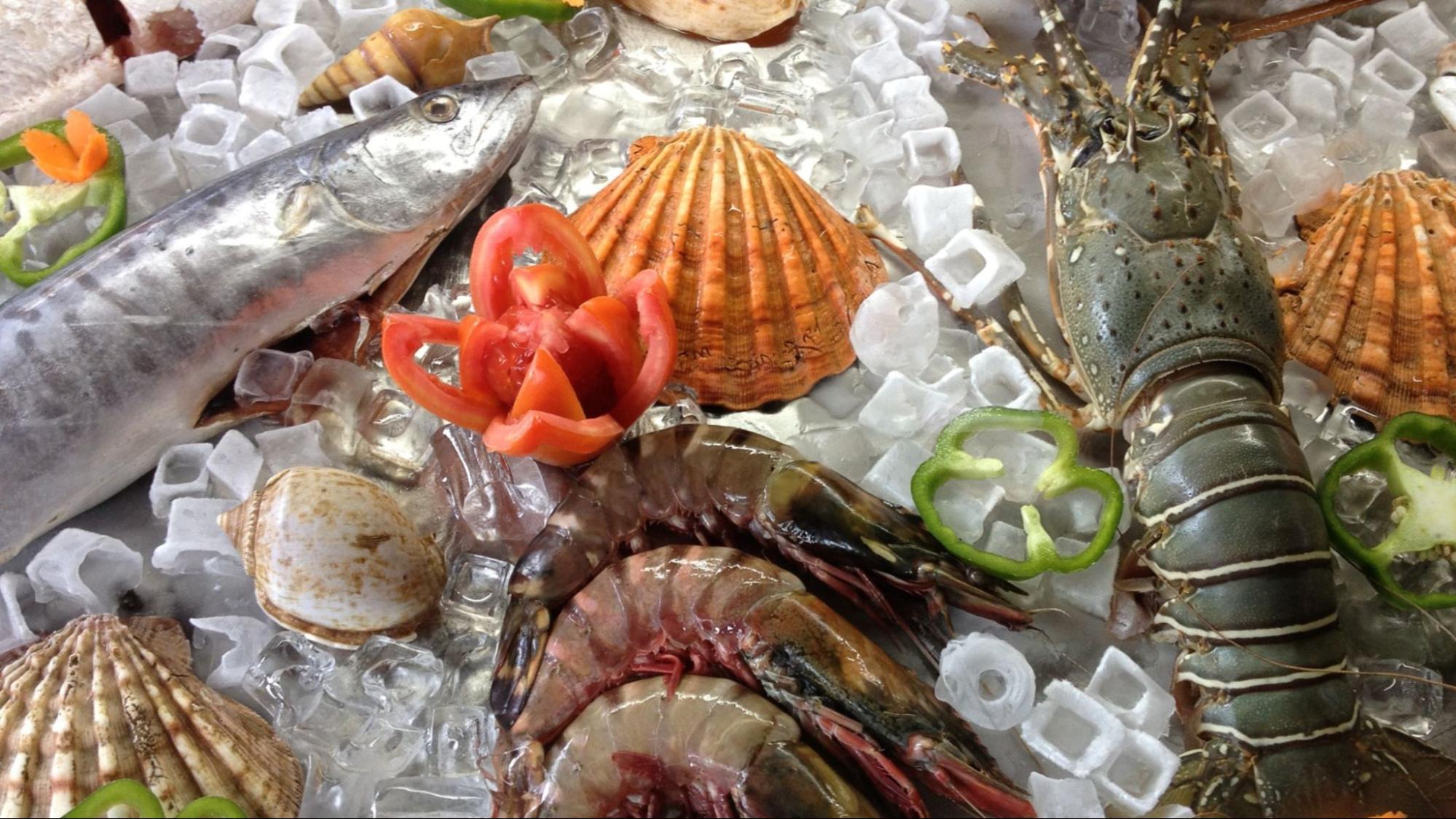
How to Store and Reheat Seafood for Optimal Freshness
When it comes to maintaining the freshness of seafood, proper storage is key. To begin with, always place seafood in the coldest part of your refrigerator. Ideally, it should be stored at a temperature below 32°F (0°C) to ensure maximum freshness. For optimal results,keep seafood on ice in a covered bowl or wrap it tightly in plastic wrap. Make sure to change the ice frequently and keep an eye on the temperature to avoid spoiling.
If you need to store seafood for an extended period, consider freezing it. Before doing so, make sure to package it well to prevent freezer burn. Use vacuum-sealed bags or wrap it tightly in plastic wrap followed by aluminum foil. Label the packages with the date and type of seafood, as proper labeling can help keep track of freshness. Remember that the best texture and flavor are preserved when seafood is used within three months of freezing.
Reheating seafood requires careful attention to retain its flavor and texture. One of the best methods for reheating is to use the oven or stovetop instead of a microwave, which can cause it to become rubbery. If using an oven, preheat it to 350°F (175°C) while wrapping the seafood in foil or placing it in a covered dish.This method helps the seafood to heat evenly. On the stovetop, warm the seafood gently in a skillet over low heat, adding a splash of water or broth to keep it moist.
When reheating seafood, it’s essential to do so just onc. Repeatedly reheating can lead to a decline in quality and safety. Always ensure that seafood reaches an internal temperature of 145°F (63°C) during reheating. Use a food thermometer to check; this ensures that any harmful bacteria are eliminated while preserving taste and texture.
For easy reference, here’s a quick comparison of seafood storage and reheating methods:
| Method | Storage duration | Reheating Tips |
|---|---|---|
| refrigerator | 1-2 days | Wrap tightly, avoid microwave |
| Freezer | Up to 3 months | Vacuum-seal, preheat oven |
| raw Seafood | Same day | Cook immediately |
Q&A
Q: What are some simple seafood recipes for beginners?
A: A few simple seafood recipes for beginners include garlic butter shrimp, baked salmon with herbs, and fish tacos. These dishes require minimal ingredients and basic cooking techniques, making them ideal for those new to cooking seafood.
Q: How do I prepare garlic butter shrimp?
A: To prepare garlic butter shrimp, you’ll need shrimp, butter, garlic, lemon juice, salt, and pepper. Start by melting butter in a skillet over medium heat. Add minced garlic and sauté for about 30 seconds until fragrant. Then, add the shrimp, lightly seasoned with salt and pepper. Cook for about 2-3 minutes on each side until the shrimp are pink and opaque. Finish with a splash of lemon juice and serve immediately.
Q: What is the best way to bake salmon?
A: Baking salmon is simple. Preheat your oven to 375°F (190°C). Place the salmon fillets on a baking sheet lined with parchment paper. Drizzle with olive oil and season with salt, pepper, and your choice of herbs (dill or parsley work well).Bake for 15-20 minutes, or until the salmon flakes easily with a fork. Serve with steamed vegetables or a light salad for a complete meal.
Q: How can I make fish tacos?
A: To make fish tacos, start with your choice of fish (like tilapia or cod). Coat the fish in a mixture of flour, paprika, and salt. Pan-fry the coated fish in a skillet with a bit of oil until golden brown and cooked through. Warm corn tortillas in a separate pan or microwave. assemble the tacos by placing pieces of the fried fish on the tortillas, and top with fresh cilantro, diced onions, and a squeeze of lime. Serve with your favorite salsa or a creamy sauce.
Q: What seafood can I use in a stir-fry?
A: Seafood options for stir-frying include shrimp, scallops, and bite-sized pieces of white fish like tilapia or cod. these seafood types cook quickly and pair well with a variety of vegetables and sauces, making them ideal for stir-fries.
Q: What are some tips for choosing fresh seafood?
A: When choosing fresh seafood,look for clear,bright eyes and shiny skin on fish. The flesh should be firm to the touch and have a mild, ocean-like smell. For shellfish, ensure they are still alive (closed shells) or have tightly closed shells; avoid any with a strong odor or cracked shells.
Q: How do I properly store seafood before cooking?
A: To store seafood,keep it in the coldest part of your refrigerator and use it within one to two days for optimal freshness.For longer storage,you can freeze seafood. Wrap it tightly in plastic wrap, then place it in an airtight container or freezer bag to prevent freezer burn. Thaw frozen seafood in the refrigerator before cooking.
Q: Can I substitute frozen seafood in recipes?
A: Yes, you can substitute frozen seafood in most recipes. Just be sure to thaw it properly in the refrigerator or under cold running water before cooking. Adjust cooking times as necessary, as frozen seafood might release more moisture than fresh seafood.
—
Feel free to ask more questions about seafood recipes or cooking techniques!
Closing Remarks
crafting delicious seafood dishes at home can be both rewarding and enjoyable. With a variety of cooking methods and flavor combinations at your disposal, the possibilities are endless. Whether you opt for grilling, baking, or sautéing, remember to choose fresh seafood for the best results. Experiment with herbs, spices, and complementary ingredients to personalize each recipe to your liking. As you gain confidence in the kitchen, challenge yourself with new techniques and cuisines to broaden your culinary repertoire. Happy cooking, and may your seafood creations delight your taste buds and impress your guests!
